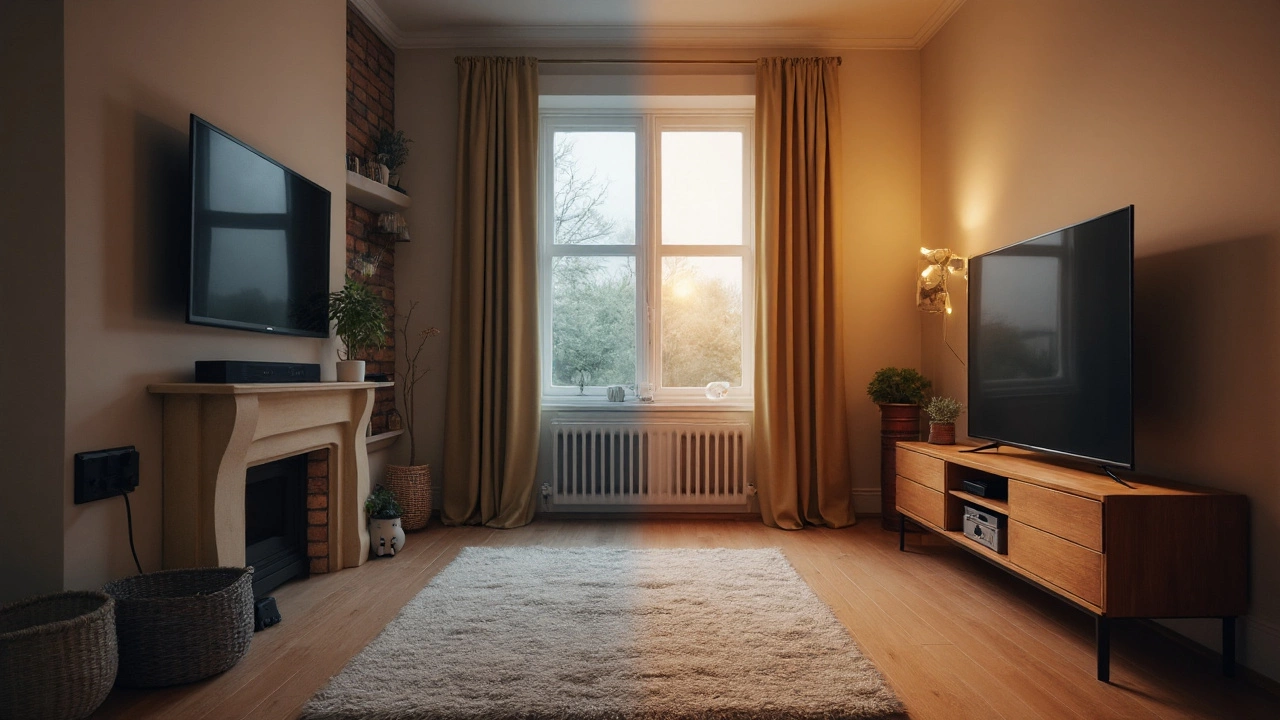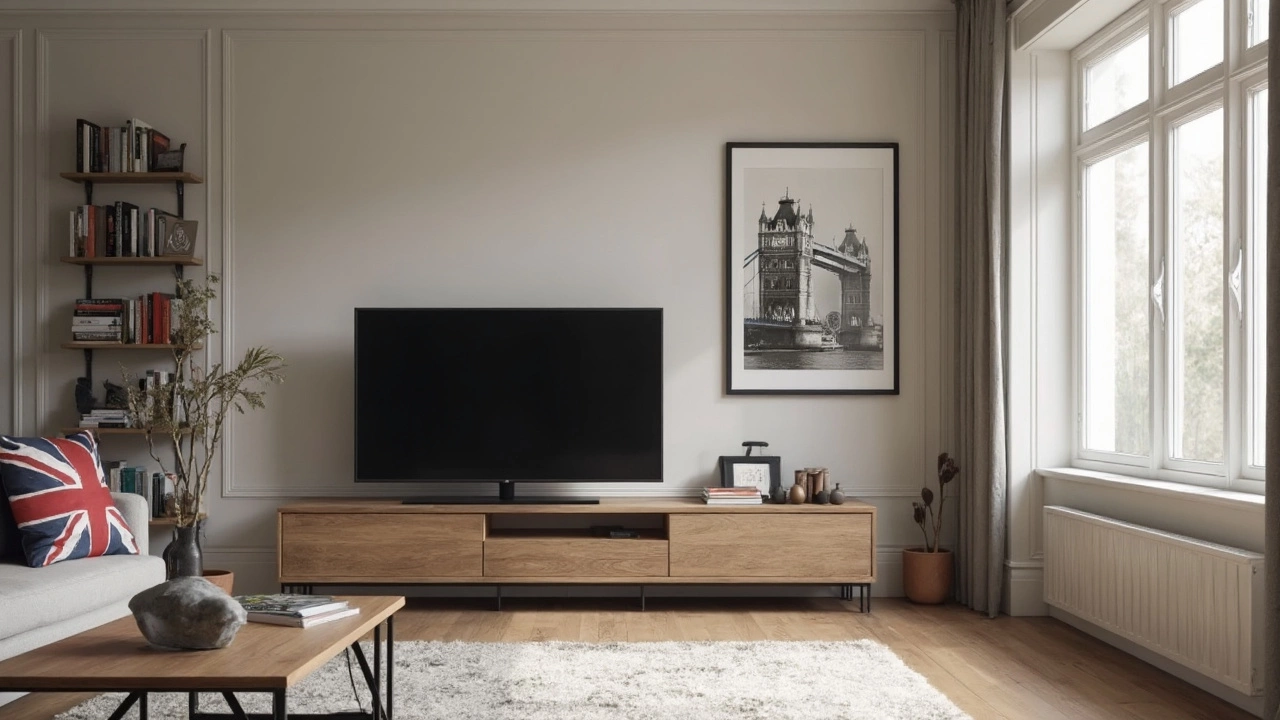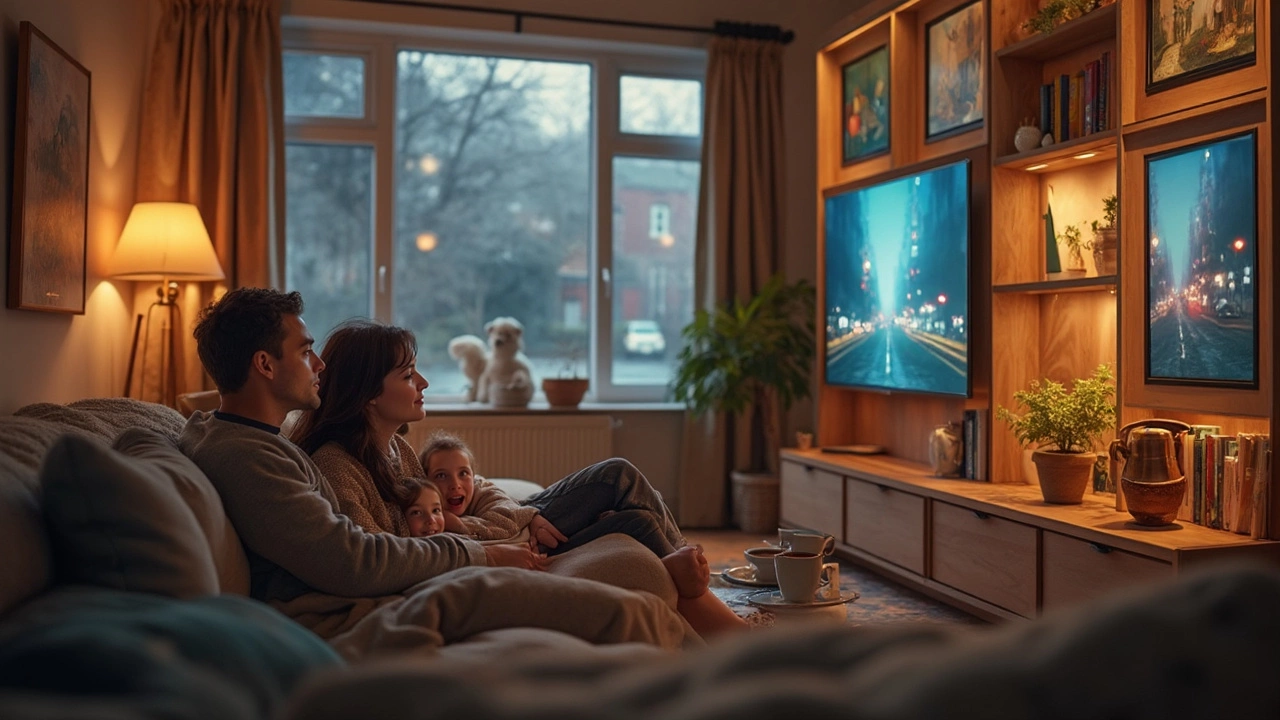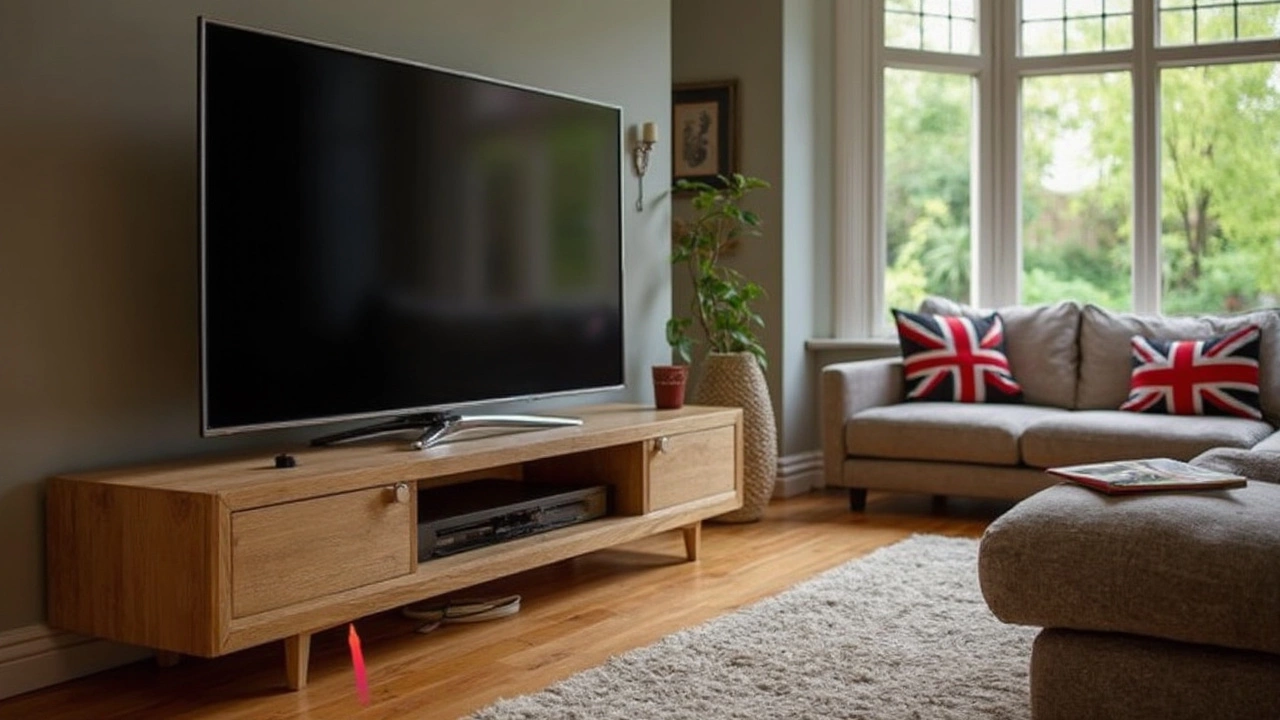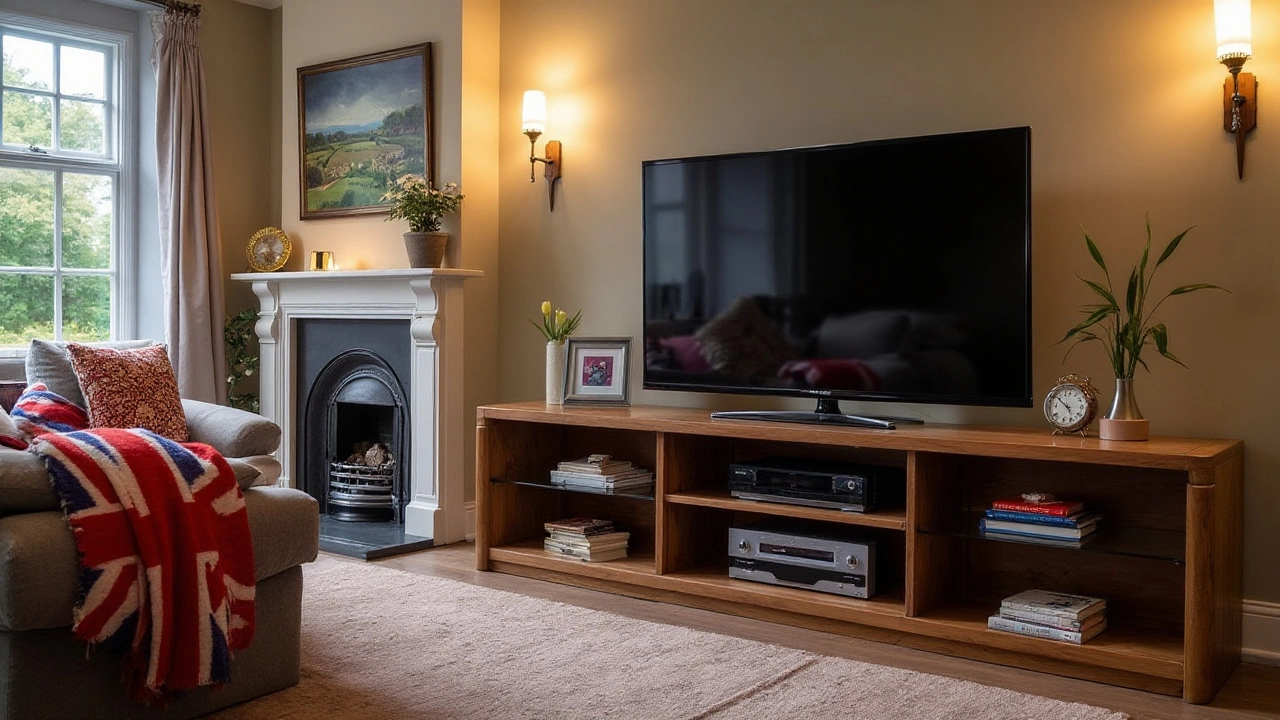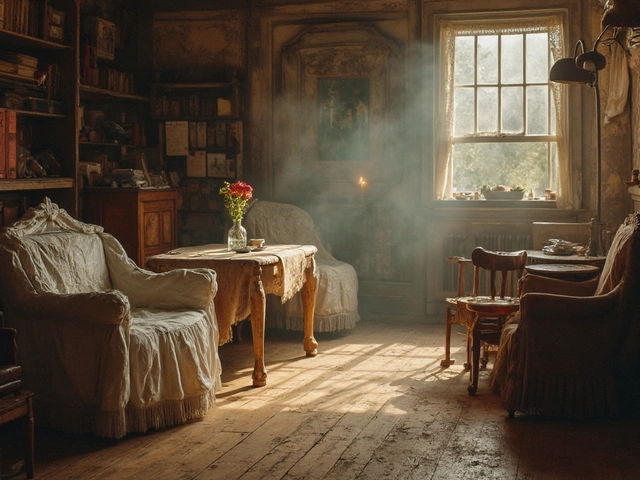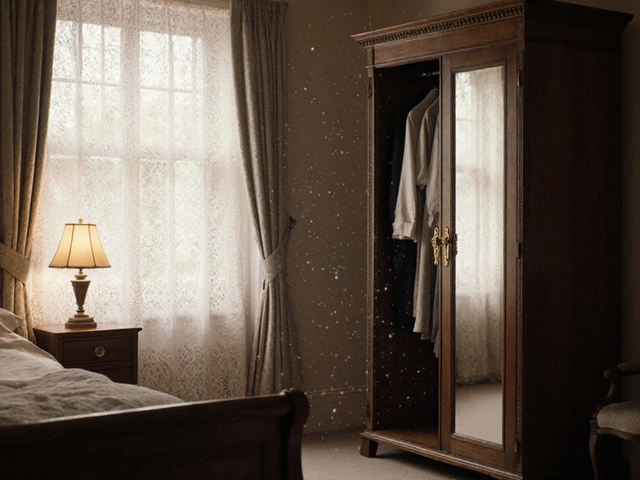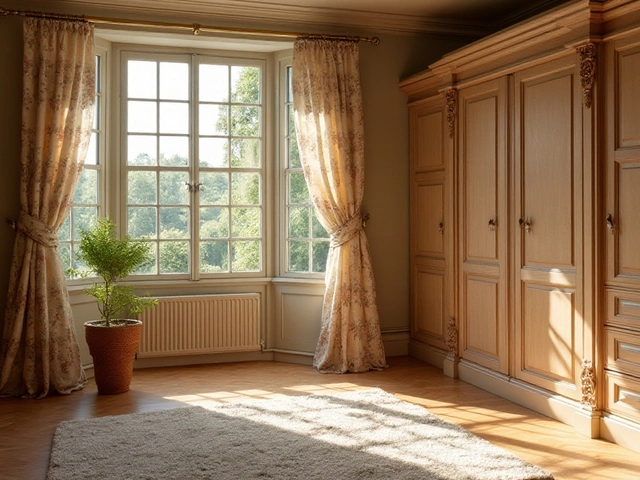TV Stand Guide – Choose, Style & Compare TV Stands for Every Room
If you’re setting up a new screen, the first question is usually: do I need a TV stand or should I mount it on the wall? The answer depends on space, budget, and how you want the room to look. A good TV stand does more than just hold a screen – it adds storage, balances the room, and can become a design focal point.
Why Choose a TV Stand?
TV stands are the simplest solution for almost any layout. They work in living rooms, bedrooms, even home offices. You get the flexibility to move the TV if you redecorate, and you avoid drilling holes into plaster. Stands also give you shelves or cabinets for game consoles, soundbars, and remote‑control bins, keeping cables tidy.
For renters, a stand is a lifesaver – no permanent alterations, easy to take with you when the lease ends. If you have pets or kids, a sturdy stand can protect the TV from accidental bumps better than a wall mount placed too high.
Top TV Stand Options and Tips
When you shop, think about size, material, and storage. A stand should be at least a few inches wider than the TV to prevent wobble. For a 55‑inch screen, a 60‑inch wide piece works well. Wood gives a warm look, metal feels modern, and glass can make a small room feel bigger. Choose a finish that matches other furniture – a walnut cabinet pairs nicely with a leather sofa, while a sleek black metal frame fits a contemporary loft.
Look for built‑in cable management. Holes or channels at the back keep power cords hidden, reducing the mess. If you need extra storage, a stand with drawers or open shelves lets you stash DVDs, controllers, and décor items without crowding the floor.
Budget matters, too. You can find solid oak stands for under £200, but premium designs with hidden compartments can run £600 or more. Decide what you need: a simple rack for a bedroom TV or a feature piece for a living room entertainment hub.
Our article “TV Wall Mount vs Stand: Which Is Better for Your Room, Budget, and Lifestyle?” breaks down the cost and safety differences. In short, if you have limited wall space or want a quick install, the stand wins. If you crave a clean wall look and have sturdy studs, a mount might be worth the extra effort.
Small bedrooms often struggle with space. Check out the “Creative Bedroom TV Stand Ideas” guide for clever ways to use a narrow console, a floating shelf, or even a repurposed dresser as a TV platform. These ideas keep the room feeling open while still giving you a safe spot for the screen.
Before you buy, measure the height you’ll be sitting at. The ideal eye level is about 42 inches from the floor for most sofas. Raise or lower the stand with adjustable legs if needed, or add a rug to bring everything up a notch.
Finally, think about the room’s flow. A TV stand should not block traffic paths. Leave at least a foot of clearance on each side, especially if you have a narrow hallway leading to the room.
With the right stand, you’ll get a tidy setup, easy access to your gear, and a piece of furniture that blends with your style. Browse our tag page for more articles, product ideas, and real‑world tips that help you pick the perfect TV stand for any UK home.
